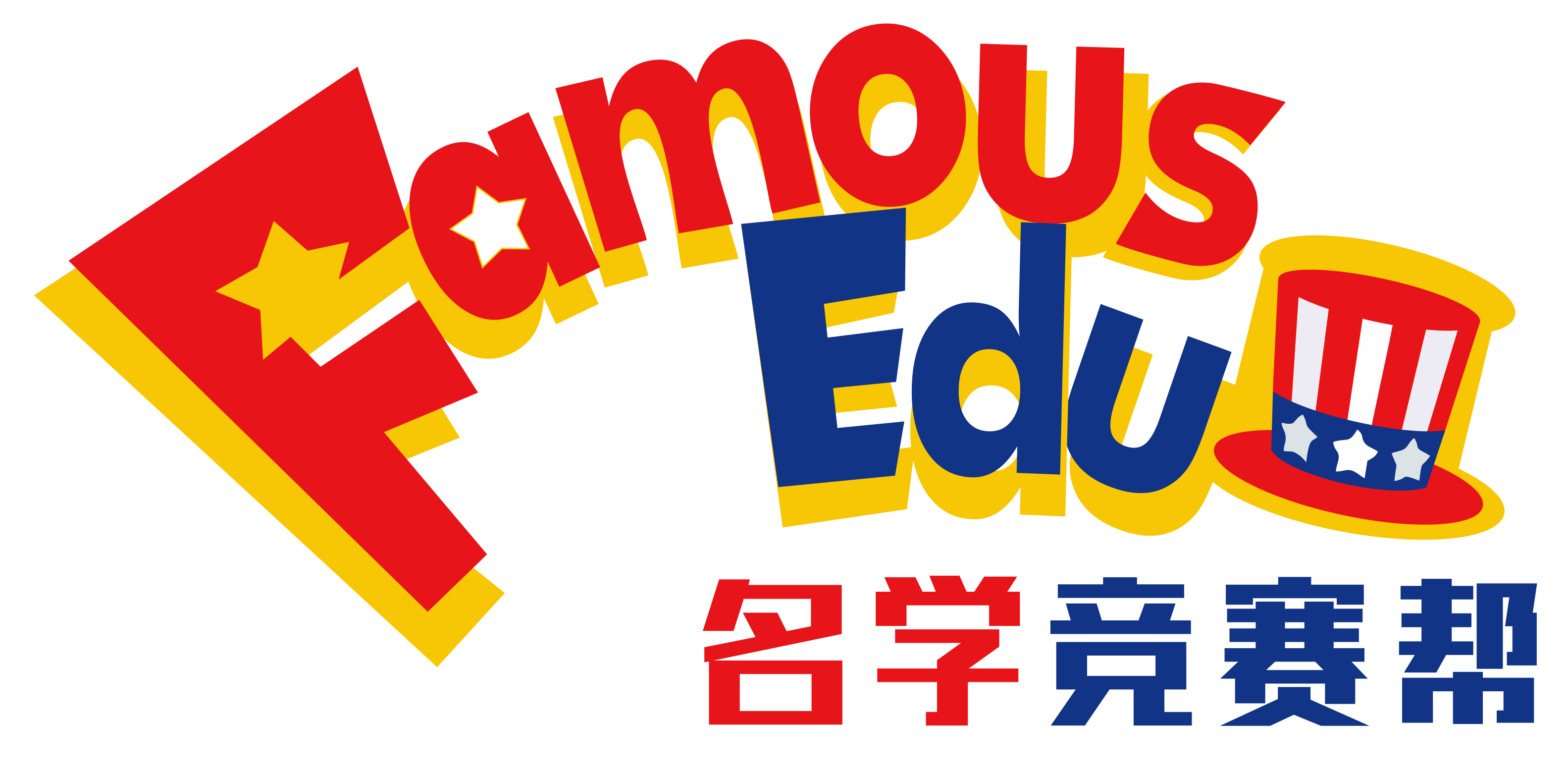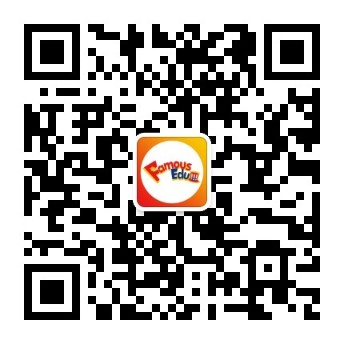2015年 AMC10 A卷
2015 AMC 10A Problems
Problem 1
What is the value of (20 - 1 + 52 + 0)-1 x 5 ?
![]()
Problem 2
A box contains a collection of triangular and square tiles. There are 25 tiles in the box, containing 84 edges total. How many square tiles are there in the box?
![]()
Problem 3
Ann made a 3-step staircase using 18 toothpicks as shown in the figure. How many toothpicks does she need to add to complete a 5-step staircase?
![[asy] unitsize(40); for(int i=0; i<3; i+=1) { draw((0,i+0.05)--(0,i+0.95)); draw((i+0.05,0)--(i+0.95,0)); for(int j=0; j<3-i; j+=1) { draw((i+1,j+0.05)--(i+1,j+0.95)); draw((i+0.05,j+1)--(i+0.95,j+1)); } } [/asy]](http://nwzimg.wezhan.cn/contents/sitefiles2050/10251729/images/43996904.png?)
![]()
Problem 4
Pablo, Sofia, and Mia got some candy eggs at a party. Pablo had three times as many eggs as Sofia, and Sofia had twice as many eggs as Mia. Pablo decides to give some of his eggs to Sofia and Mia so that all three will have the same number of eggs. What fraction of his eggs should Pablo give to Sofia?

Problem 5
Mr. Patrick teaches math to 15 students. He was grading tests and found that when he graded everyone's test except Payton's, the average grade for the class was 80. After he graded Payton's test, the test average became 81. What was Payton's score on the test?
![]()
Problem 6
The sum of two positive numbers is 5 times their difference. What is the ratio of the larger number to the smaller number?

Problem 7
How many terms are there in the arithmetic sequence 13, 16, 19, . . ., 70, 73?
(A) 20 (B) 21 (C) 24 (D) 60 (E) 61
Problem 8
Two years ago Pete was three times as old as his cousin Claire. Two years before that, Pete was four times as old as Claire. In how many years will the ratio of their ages be 2 : 1?
(A) 2 (B) 4 (C) 5 (D) 6 (E) 8
Problem 9
Two right circular cylinders have the same volume. The radius of the second cylinder is 10% more than the radius of the first. What is the relationship between the heights of the two cylinders?
(A) The second height is 10% less than the first.
(B) The first height is 10% more than the second.
(C) The second height is 21% more than the first.
(D) The first height is 21%more than the second.
(E) The second height is 80% of the first.
Problem 10
How many rearrangements of abcd are there in which no two adjacent letters are also adjacent letters in the alphabet? For example, no such rearrangements could include either ab or ba.
(A) 0 (B) 1 (C) 2 (D) 3 (E) 4
Problem 11
The ratio of the length to the width of a rectangle is 4 : 3. If the rectangle has diagonal of length d, then the area may be expressed as kd2 for some constant k. What is k?
![]()
Problem 12
Points ![]() and
and ![]() are distinct points on the graph of y2 + x4 = 2x2y + 1. What is |a - b| ?
are distinct points on the graph of y2 + x4 = 2x2y + 1. What is |a - b| ?
![]()
Problem 13
Claudia has 12 coins, each of which is a 5-cent coin or a 10-cent coin. There are exactly 17 different values that can be obtained as combinations of one or more of her coins. How many 10-cent coins does Claudia have?
![]()
Problem 14
The diagram below shows the circular face of a clock with radius 20 cm and a circular disk with radius 10 cm externally tangent to the clock face at 12 o'clock. The disk has an arrow painted on it, initially pointing in the upward vertical direction. Let the disk roll clockwise around the clock face. At what point on the clock face will the disk be tangent when the arrow is next pointing in the upward vertical direction?
![[asy] size(170); defaultpen(linewidth(0.9)+fontsize(13pt)); draw(unitcircle^^circle((0,1.5),0.5)); path arrow = origin--(-0.13,-0.35)--(-0.06,-0.35)--(-0.06,-0.7)--(0.06,-0.7)--(0.06,-0.35)--(0.13,-0.35)--cycle; for(int i=1;i<=12;i=i+1) { draw(0.9*dir(90-30*i)--dir(90-30*i)); label("$"+(string) i+"$",0.78*dir(90-30*i)); } dot(origin); draw(shift((0,1.87))*arrow); draw(arc(origin,1.5,68,30),EndArrow(size=12)); [/asy]](http://nwzimg.wezhan.cn/contents/sitefiles2050/10251729/images/43996886.png?)
(A) 2o′clock (B) 3o′clock (C) 4o′clock
(D) 6o′clock (E) 8o′clock
Problem 15
Consider the set of all fractions ![]() , where x and y are relatively prime positive integers. How many of these fractions have the property that if both numerator and denominator are increased by 1, the value of the fraction is increased by 10%?
, where x and y are relatively prime positive integers. How many of these fractions have the property that if both numerator and denominator are increased by 1, the value of the fraction is increased by 10%?
![]()
Problem 16
If y + 4 = (x - 2)2, x + 4 = (y -2)2, and x ≠ y, what is the value of x2 + y2 ?
![]()
![]()
Problem 17
A line that passes through the origin intersects both the line x = 1 and the line ![]() . The three lines create an equilateral triangle. What is the perimeter of the triangle?
. The three lines create an equilateral triangle. What is the perimeter of the triangle?
![]()
Problem 18
Hexadecimal (base-16) numbers are written using numeric digits 0 through 9 as well as the letters A through F to represent 10 through 15. Among the first 1000 positive integers, there are n whose hexadecimal representation contains only numeric digits. What is the sum of the digits of n?
![]()
Problem 19
The isosceles right triangle ABC has right angle at C and area 12.5. The rays trisecting ∠ACB intersect AB at D and E. What is the area of ∆CDE?
![]()
Problem 20
A rectangle with positive integer side lengths in cm has area A cm2 and perimeter P cm. Which of the following numbers cannot equal A + P ?
![]()
Problem 21
Tetrahedron ABCD has AB = 5, AC = 3, BC = 4, AD = 3, and ![]() . What is the volume of the tetrahedron?
. What is the volume of the tetrahedron?
![]()
Problem 22
Eight people are sitting around a circular table, each holding a fair coin. All eight people flip their coins and those who flip heads stand while those who flip tails remain seated. What is the probability that no two adjacent people will stand?
![]()
Problem 23
The zeroes of the function f(x) = x2 - ax + 2a are integers. What is the sum of the possible values of a?
![]()
Problem 24
For some positive integers p, there is a quadrilateral ABCD with positive integer side lengths, perimeter p, right angles at B and C, AB = 2, and CD = AD. How many different values of p < 2015 are possible?
![]()
Problem 25
Let S be a square of side length 1. Two points are chosen at random on the sides of S. The probability that the straight-line distance between the points is at least ![]() is
is ![]() , where a, b, and c are positive integers with gcd(a, b, c) = 1. What is a + b +c?
, where a, b, and c are positive integers with gcd(a, b, c) = 1. What is a + b +c?
![]()





